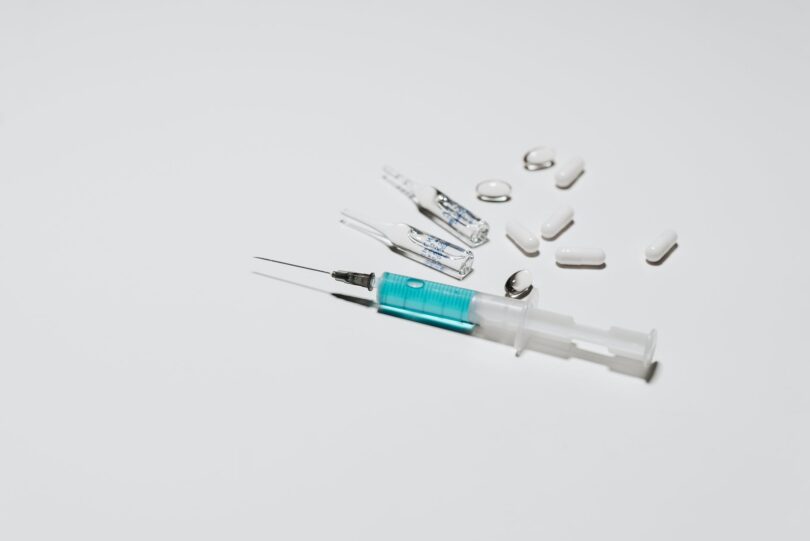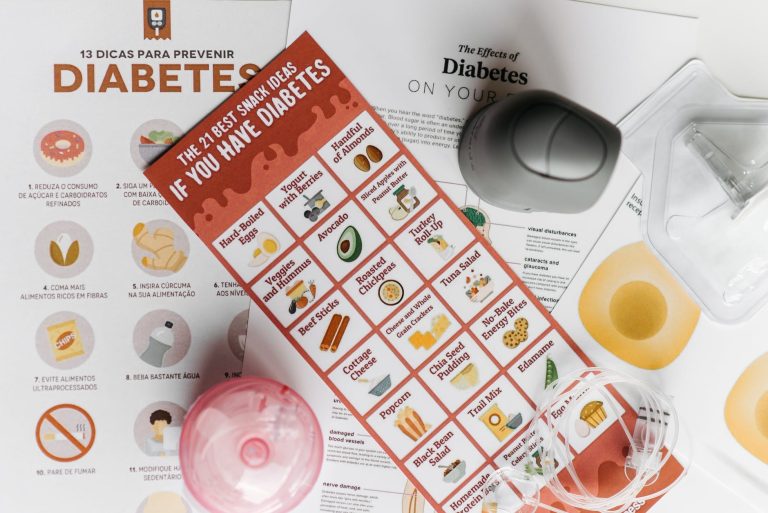As meme stocks like Rite Aid (RAD) continue to melt up higher, an old meme favorite from the past is ready to join in on the fun.
- Rite Aid has only 55 million shares outstanding. Of those, approximately 57.75% are held by institutions and insiders.
- There are 7,860,000 million shares short or about 14.3% of the total outstanding shares. Those familiar with RAD know that it has been a target of short sellers for years who have tried desperately (but failed) to push the company into bankruptcy.
- The company had annual revenue of $24 Billion last year and is projected to hit $25 Billion this year.
- Despite having $24 – $25 Billion in annual revenue, Rite Aid’s market cap is barely above $1 Billion.
- The stock price broke above $20 per share on June 2, 2023. The 2023 high share price thus far is $32.48, achieved back in January.
- The company is expected to turn the corner this year and report positive net earnings for the full fiscal year.
- The long-term debt is approximately $3.1 Billion
- Rite Aid achieved positive free cash flow last year and will do so again this year.
- Earlier this year, RAD completed an acquisition of Bartell Drugs for just under $100 Million, making Rite Aid the #1 pharmacy in Seattle.
- Rite Aid is the #3 retail pharmacy in the USA behind CVS and Walgreens.
- In 2018, Walgreens acquired 1,923 Rite Aid stores for $4.4 billion in cash. Rite Aid now has more than 2,500 retail stores today.
One significant contributor to Rite Aid’s financial improvement on the current fiscal year results will be the coronavirus vaccine distribution program. Rite Aid is an official participant in the US government’s Federal Retail Pharmacy Program for COVID-19 Vaccination. The US government dramatically increased the reimbursement rates for pharmacies administering the coronavirus vaccine to $40 from $28 for a single dose.
At the rate of vaccination projected, it is fair to estimate that Rite Aid will administer approximately six (6) million doses of COVID-19 vaccine during the first half of its 2023 fiscal year alone. Using the government reimbursement rates, the six (6) million doses will likely generate $230 million in revenue for Rite Aid and contribute approximately $2 per share in net profits. While the initial vaccination program will likely be completed during Rite Aid’s fiscal first half, the COVID-19 vaccine boosters are likely to become an annual revenue / profit stream for Rite Aid, as the annual flu vaccine is today. The latest view from epidemiologists suggests that annual coronavirus booster shots will likely be required on an annual basis. The global spread of coronavirus variants such as the E484K mutation lend credence to this view. Furthermore, customers visiting their local Rite Aid for COVID-19 vaccinations and boosters will become aware and take advantage of the fact that the retailer also offers nineteen (19) other vaccines, including flu, pneumonia, chicken pox, HPV, hepatitis A & B, and meningitis among others. As a result, vaccine distribution will continue to play a role in Rite Aids retail pharmacy growth story.
Finally, with the rapid development of mRNA vaccine technology to address the COVID-19 pandemic, we can expect to see new vaccines hit the market to prevent a variety of different types of cancers and other life-threatenting / chronic diseases. Such vaccines would be added to the list administered by pharmacists at local retail stores such as Rite Aid, increasing the revenue and profit potential of such establishments.
Potential merger down the line
While Amazon is often mentioned as a suitor for Rite Aid, I actually believe that the highest probability of a buyout of Rite Aid would come from Walmart.
Walmart is already a leading player in the retail pharmacy / prescription drug segment, and the category is a strategic growth target for the company. However, Walmart has nowhere near the presence in the pharmacy sector of either CVS or Walgreens. In order for Walmart to become competitive in this space, they have to increase their size and scale. If Walmart let’s Amazon step up and become the third largest player in retail pharmacy, it’s game over. WMT needs to move into this third position and block AMZN from doing so.
A couple of the benefits of Walmart acquiring Rite Aid would be:
- Walmart would have double the purchasing power for prescriptions thereby lowering its overall drug cost, improving profitability
- All the goods sold in the front-end of the 2,500+ Rite Aid retail pharmacies are the same products Walmart sells in its own department stores. Once again, when you buy larger quantities you get lower prices. This is a fact of the business world that I know first hand.
Based on the above 2 points, Walmart would improve both its own existing margins and at the same time would improve those of the Rite Aid revenue through such an acquisition.
The Rite Aid PBM would help Walmart to capture much greater market share in the prescription market, thereby enhaning those gains even further.
If you look at Walgreens and CVS when they had approximately $25 – $30 billion in revenue, they were earning about $4 – 6 billion per year. Therefore, considering Walmart’s expertise in running brick and mortar establishments, one could make the leap of logic that WMT would achieve similar profit levels. So an acquisition of RAD by Walmart essentially provides a 2-3 year payback on the investment.




